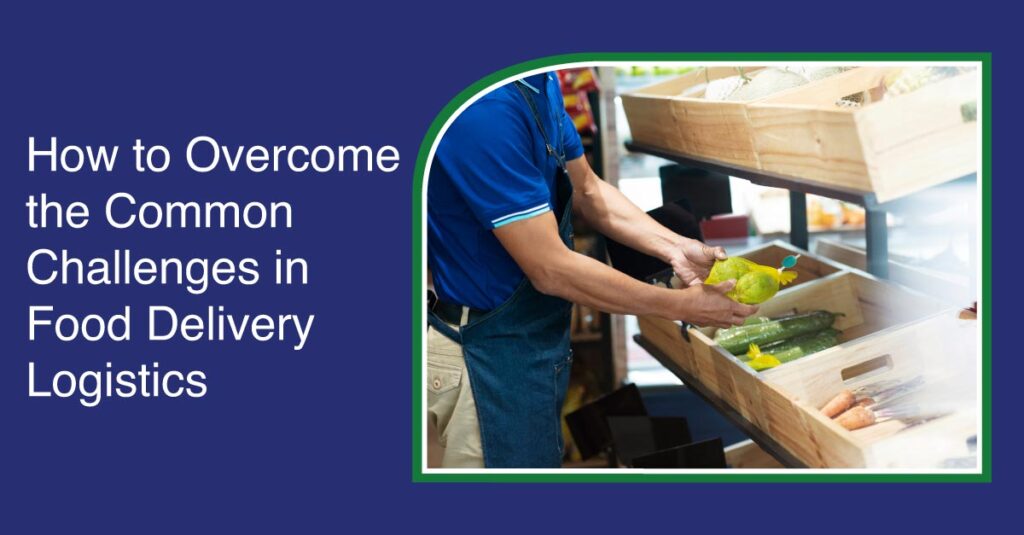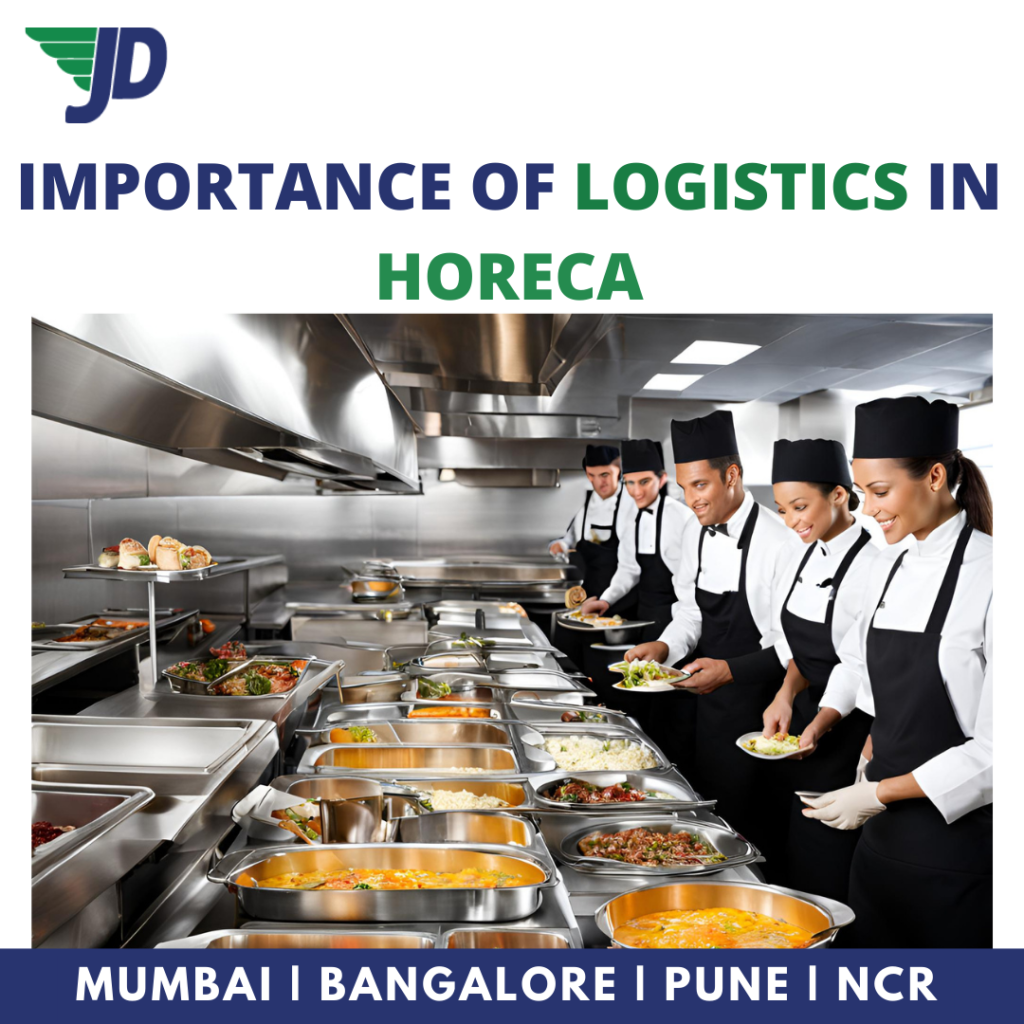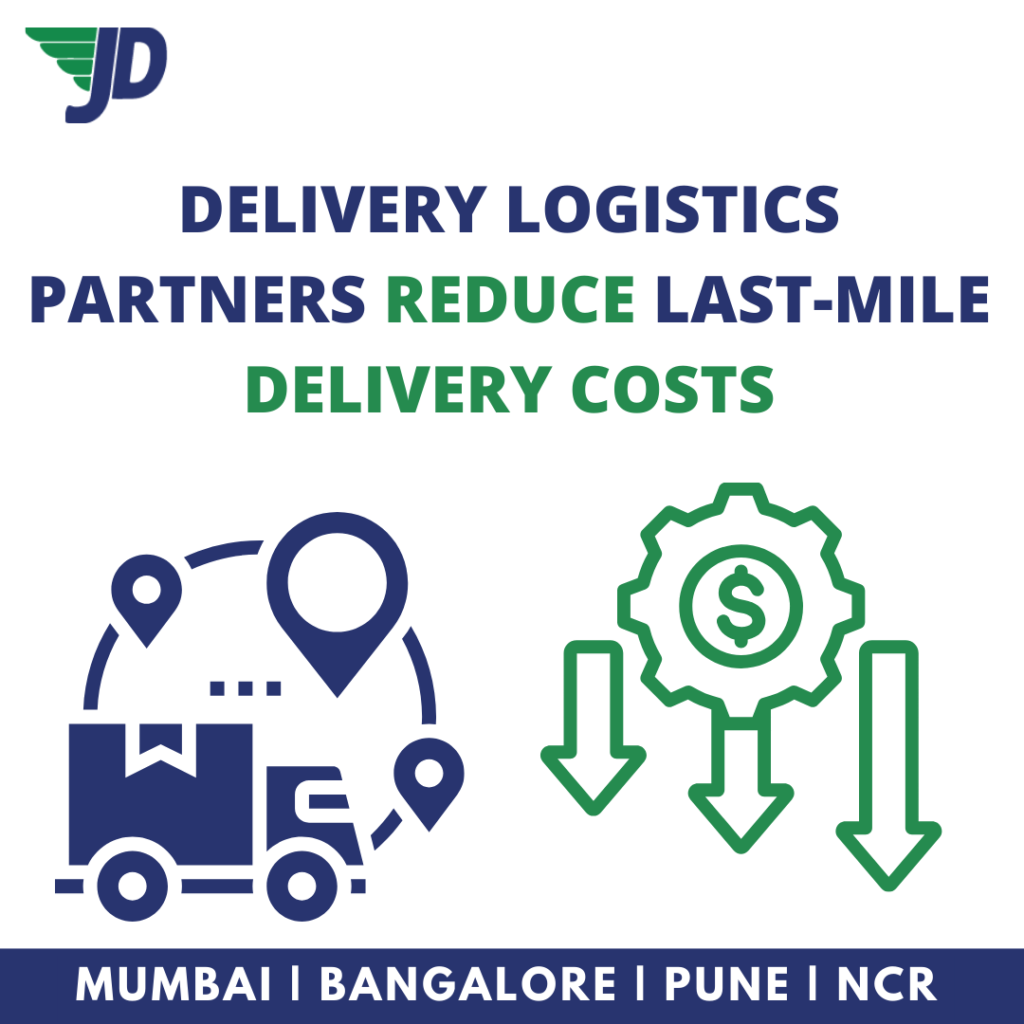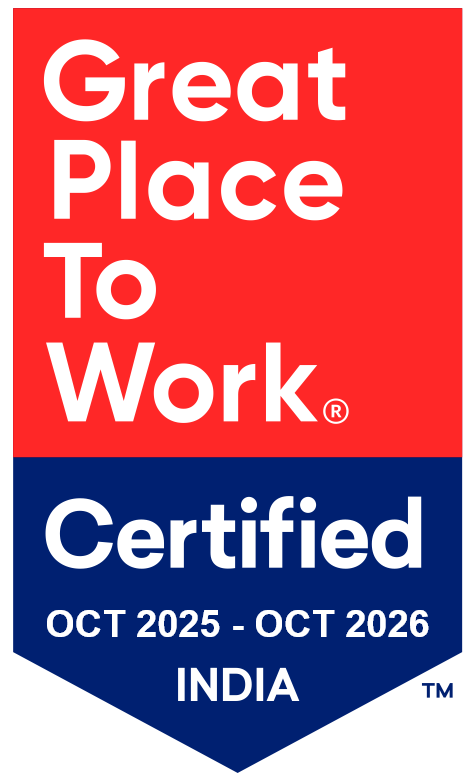What is the secret to delivering hot, fresh food on time, every time, even during peak demand? It is not magic; it is efficient logistics. For food businesses, smooth logistics is crucial for customer satisfaction and profitability. With customers expecting speed and quality, businesses must streamline their operations to stay competitive. The good news? With the right strategies, you can transform these challenges into opportunities. In this blog, we will discuss the major challenges in food delivery logistics and explore innovative solutions and practical tips to ensure your food arrives hot and fresh every single time.
A] Understanding Food Delivery Logistics
Food delivery logistics is a complicated process that involves managing the supply chain efficiently, ensuring timely transportation and maintaining food quality standards throughout the journey.
Key components of food delivery logistics are as follows:
- Food Preparation: This comprises preparing meals to the highest taste and quality standards so that the food is ready for delivery without any delay.
- Packaging: Proper packaging maintains temperature and freshness and controls spillage and damage on the way.
- Transportation: Moving food efficiently via optimised routes is important, especially in cities with heavy traffic.
- Last-Mile Delivery: Last-mile delivery is often considered the most challenging but very important part of the food delivery logistics process. It addresses logistical complexities like route optimisation, minimising delays and ensuring efficient handling of food to avoid quality degradation.
Looking for B2B Last-Mile Delivery Services?
Partner with Us for Seamless B2B Last-Mile Delivery from Warehouse to Retailer
B] Key Challenges in Food Delivery Logistics
While the food delivery industry is booming, businesses face various food delivery challenges that can disrupt their operations. Let’s break them down:
1. Traffic and Route Optimisation
Planning the most efficient delivery routes is important for food delivery logistics. No matter how competent your kitchen is or how customer-centric your ordering interface is, you need a comprehensive route planning system to ensure customer satisfaction. It is important to use the best routes that allow your delivery driver to make the most deliveries in the least time, especially during peak hours.
2. Food Quality
The food delivery industry faces considerable issues related to food quality requirements. The most important thing is to maintain food quality while in transit. Food sometimes faces obstacles like temperature changes and traffic jams when delivered at larger distances. These can affect the freshness and safety of the food, which can impact customer satisfaction and lead to complaints, refunds, or negative reviews, making quality assurance a persistent logistical challenge.
3. Delivery Time and Reliability
Another food delivery challenge is delivery time, which is critical to customer satisfaction but is often compromised by last-minute surges in orders, extreme weather conditions, or unavailable drivers. Late deliveries do not only disappoint customers but harm the reputation of their business.
4. Order Accuracy and Handling
Order accuracy is important for preventing customer complaints and ensuring smooth operations. Incorrect orders, such as missing or wrong items or mishandling food during delivery, can also lead to damages such as spillage or crushed packaging. Mismanagement of food during transport, such as improper stacking or incorrect temperature control, can cause damage to the products, complicating the logistics chain. To reduce this risk, businesses must implement automated systems for order verification, real-time tracking and packaging solutions that ensure accuracy and preserve food quality.
5. Cost Management
Effective cost management is important to optimise logistics operations. Price increases in fuel, labour expenses, and packaging add to operational costs, affecting profit margins. Moreover, maintaining a fleet and accommodating unexpected surges of order volume can stretch the budgets. Thus, we offer a shared van model, which allows you to share transportation and logistic resources to reduce costs and improve efficiency.
6. Customer Expectations and Satisfaction
Customers have high expectations when it comes to food delivery services. They demand fast, accurate, and reliable service along with high-quality food. Businesses must balance these demands with effective logistics operations that include real-time tracking, transparent communication, and responsive customer service, all of which help to ensure satisfaction.
7. Concerns for Sustainability
Sustainability is a growing concern for consumers and businesses, especially in the food delivery supply chain. Customers are becoming more environmentally conscious and expect companies to adopt greener practices. Reducing packaging waste, using energy-efficient vehicles and optimising delivery routes to reduce carbon footprint will help you remain competitive and eco-conscious for a more sustainable logistics operation.
C] Solutions to Overcome These Challenges
1. Traffic Management and Route Optimisation Tools
Advanced route optimisation tools can enhance delivery efficiency significantly. There are AI and GPS data-powered tools that navigate traffic congestion, calculate the fastest routes, and provide updates in real time. This way, businesses will improve punctuality and reduce operational costs by saving travel time and fuel consumption. Such systems are also useful during peak demand periods or unexpected traffic conditions.
2. Better Packaging Solutions
Proper packaging plays a vital role in sustaining food quality during transportation. By investing in durable, heat-resistant, and eco-friendly packages ensures that food stays fresh upon arrival. Modern packaging, such as tamper-evident seals and better thermal insulation, contributes significantly to customer satisfaction and brand credibility. Hence, this small investment goes a long way by offering fewer complaints and increased customer retention.
3. Best Delivery Management Software
A strong delivery management system allows for streamlined operations, and it can automate order assignments, track real-time deliveries, and provide analytics that help in performance. These systems provide transparency for both sides of the business and the customers on the delivery process. This also helps optimise driver schedules so that there are fewer chances of delays and errors occurring.
4. Collaborate with Cold Chain Logistics
Businesses that handle temperature-sensitive foods require partnerships with cold-chain logistics providers. Such services ensure that food is transported at consistent temperatures and maintains quality throughout the journey. Companies like JustDeliveries, a cold chain logistics provider, offer customised cold chain solutions that allow businesses to uphold the highest food quality standards while expanding their reach.
5. Reducing Operational Costs
Cost reduction measures include route clustering, optimal resource utilisation, and using fuel-efficient vehicles to reduce costs. Other measures include negotiating bulk packaging rates and automating routine tasks. All these measures allow the company to run profitably without compromising service quality.
6. Customer Communication and Transparency
To manage the increasing operational costs, food delivery solutions such as route optimisation and using fuel-efficient vehicles can help reduce costs. Investing in energy-efficient vehicles such as electric bikes or hybrid cars helps reduce fuel expenses and lowers carbon footprint. All these measures allow the company to run profitably without compromising service quality.
7. Sustainability Initiatives
Incorporating sustainability into operations can boost a business’s appeal to eco-conscious customers. Steps such as using biodegradable packaging, adopting energy-efficient vehicles, and optimising routes to reduce emissions are impactful. While these initiatives may require initial investment, they often result in long-term cost savings and an enhanced brand image.
Looking for B2B Last-Mile Delivery Services?
Partner with Us for Seamless B2B Last-Mile Delivery from Warehouse to Retailer
Conclusion
As food service businesses grow, optimising food delivery logistics has become essential to maintaining high standards and customer satisfaction. Among all the challenges mentioned above, partnering with the right logistics provider can make all the difference. JustDeliveries offers specialised cold chain solutions to help transport temperature-sensitive food safely from central kitchens to outlets. We offer optimised routes, temperature-controlled vehicles, and real-time tracking that will help businesses overcome the challenges of food delivery logistics, ensuring they offer their consumers the highest food quality standards. Contact us to handle the logistics while you focus on growing your business.

Mansi Mahansaria
I’m Mansi Mahansaria, CEO and Founder of JustDeliveries, a B2B logistics company specializing in the food and beverage sector. With a background in Chemical Technology (ICT Mumbai), an MBA (FMS Delhi), and experience at IDFC Private Equity and Tata Group, I’ve built a plug-and-play logistics network helping F&B brands scale efficiently. I also share insights on entrepreneurship and logistics at industry and academic events.






